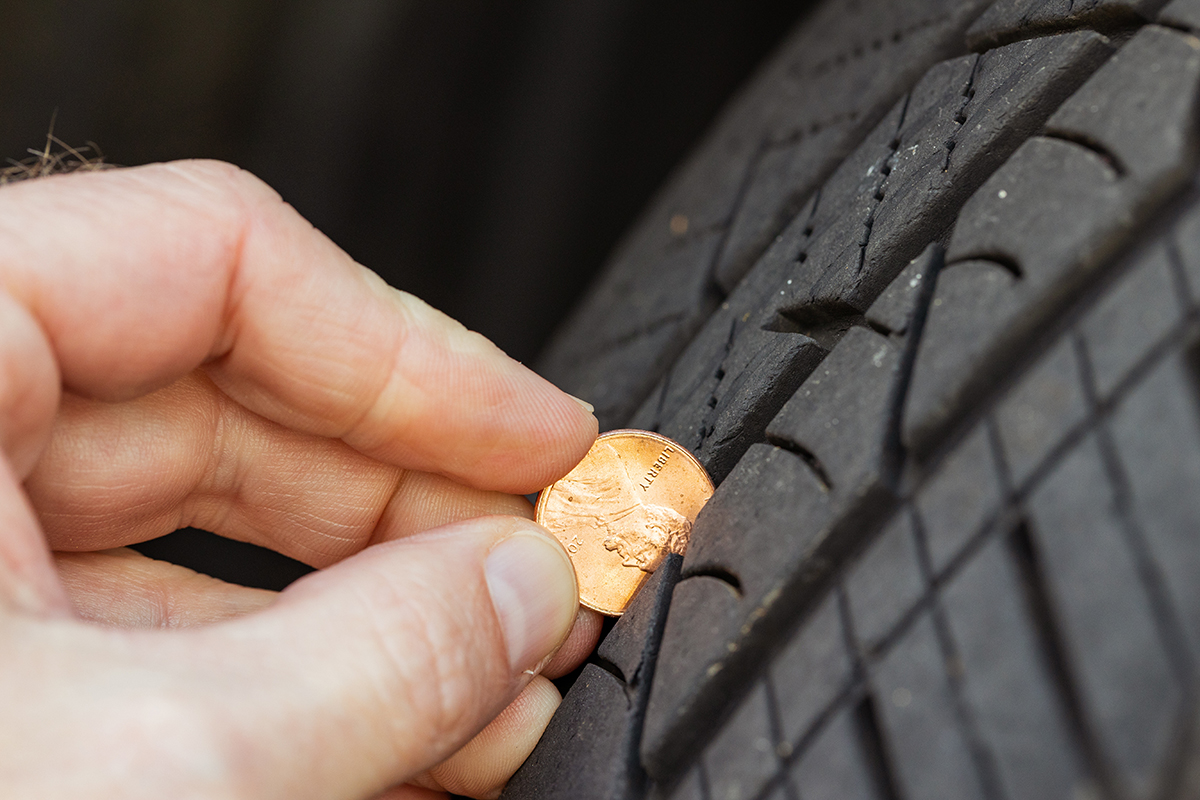How to Identify and Fix Common Tire Problems

Tires are one of the most critical components of your vehicle, affecting safety, handling, fuel efficiency, and overall performance. Whether you're on your daily commute or embarking on a road trip, identifying and fixing tire problems early can prevent blowouts and costly repairs. Here's how to recognize some of the most common tire issues and what to do about them.
Low Tire Pressure
Signs:
- Tire pressure warning light illuminated.
- Tires appear visibly under-inflated.
- Poor handling or a soft feel while driving.
Causes:
- Temperature changes can cause pressure to drop, especially in colder weather.
- Slow leaks due to punctures or valve issues.
Fix: Check your tire pressure regularly using a pressure gauge, especially during seasonal changes. Inflate tires to the recommended PSI (typically found on the driver’s side door or in the owner’s manual). If you find a slow leak, have the tire inspected for punctures or faulty valves.
Uneven Tread Wear
Signs:
- One side of the tire is more worn than the other.
- Tread depth is inconsistent across the tire surface.
- Vehicle pulls to one side.
Causes:
- Misalignment of the wheels.
- Suspension issues.
- Improper tire inflation (overinflation or under-inflation).
Fix: If you notice uneven tread wear, it's time for an alignment check. A misaligned vehicle can cause uneven stress on tires. Also, make sure tires are inflated to the proper PSI to ensure even distribution of pressure. Consider rotating your tires every 6,000 to 8,000 miles to promote even wear.
Bald Tires
Signs:
- Tread depth is 2/32" or less.
- Visible wear bars (rubber strips across the tire).
Causes:
- Extended use without proper tire maintenance.
- Aggressive driving or improper tire inflation.
Fix: Bald tires should be replaced immediately. Driving on bald tires reduces traction, especially in wet or slippery conditions, increasing the risk of accidents. Be sure to inspect your tire tread regularly by using the penny test: insert a penny into the tread with Lincoln’s head facing down. If you can see the top of his head, it's time for new tires.
Punctures or Cuts
Signs:
- Sudden loss of air pressure.
- Hissing sound from the tire.
- Visible holes or cuts in the tread or sidewall.
Causes:
- Road debris like nails, glass, or sharp objects.
- Driving on rough terrain.
Fix: Small punctures in the tread area can often be repaired with a tire patch or plug. However, cuts or damage to the sidewall usually mean the tire needs to be replaced, as sidewall repairs are not safe. Always consult a professional to ensure the tire is safe for repair.
Tire Bulges or Blisters
Signs:
- Visible bulges or bubbles on the tire’s sidewall.
Causes:
- Impact damage from hitting curbs or potholes.
- Manufacturing defects or weakened tire structure.
Fix: Bulges or blisters indicate severe tire damage and a high risk of tire failure. Tires with bulges should be replaced immediately, as they can cause a blowout while driving.
Vibration While Driving
Signs:
- Unusual vibrations or shaking, especially at higher speeds.
Causes:
- Unbalanced tires.
- Bent wheels or suspension issues.
- Misalignment or worn-out tires.
Fix: If you're experiencing vibrations, have your tires balanced and your alignment checked. Unbalanced tires can cause uneven wear and poor handling. If balancing and alignment don’t solve the issue, inspect your tires for wear or damage.
Tires Losing Grip (Poor Traction)
Signs:
- Tires slip, especially on wet or icy surfaces.
- Difficulty braking or controlling the vehicle in adverse conditions.
Causes:
- Worn tread.
- Incorrect tire type for the season (like using summer tires in winter).
Fix: Check the tire tread depth and replace tires if the tread is too worn. Consider switching to season-appropriate tires (winter tires in snow/ice, all-season for most climates). Additionally, ensure the tires are properly inflated for optimal grip.
Tire Maintenance Tips to Prevent Problems
To avoid many common tire issues, follow these tire maintenance best practices:
- Check tire pressure monthly to ensure optimal inflation levels.
- Rotate tires regularly (every 6,000 to 8,000 miles) to prevent uneven wear.
- Inspect tread depth and replace tires when they wear down to 2/32" or less.
- Perform wheel alignments and tire balancing to ensure even wear and a smooth ride.
- Avoid road hazards like potholes, sharp objects, and curbs to prevent punctures and sidewall damage.
While some tire problems, like low pressure, can be addressed at home, others require professional attention. If you're unsure about the severity of an issue or if your tire damage involves the sidewall, it's time to swing into your local Metro Motor auto repair shop for inspection and repair.
Proper tire care not only extends the life of your tires but also ensures a safer, more fuel-efficient driving experience. Regular maintenance, prompt repairs, and timely replacements can save you from unexpected blowouts and keep you rolling smoothly on the road.
Vehicle care information made available by Metro Motor is presented as helpful advice for general maintenance and should not be construed as instructions for at-home vehicle service. Be sure to consult your owner’s manual and a licensed, professional mechanic for diagnostics and repair.
